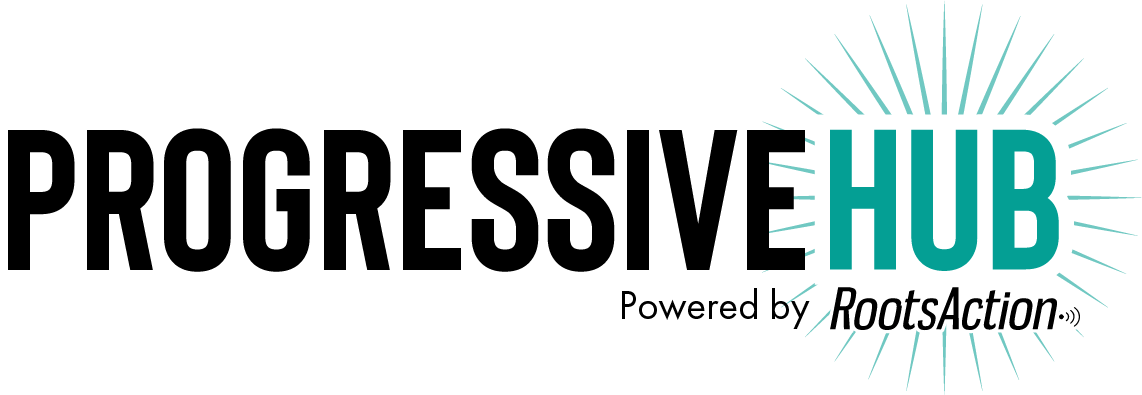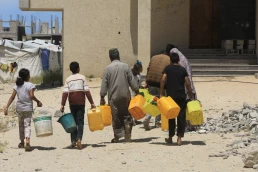COVID shows it’s time to end the pharmaceutical industry.
By Rob Wallace, Truthout
Eighty-four million Americans remain unvaccinated against COVID-19. Nearly no one has knocked on their doors to explain why a vaccine is a good idea. Even at this late date, now is a good time to start.
As with COVID testing, thousands of newly hired community health workers are needed to hit the streets and back roads to convince people that vaccines are safe and necessary. Daily conversations, some over the course of many weeks, are needed to turn millions of skeptics or the disconnected into participants. This would be the kind of program the Biden administration proposed, if still in an inadequate form, for contact tracing before the inauguration and never pursued after.
Certainly, the ongoing bloodbath — only inches deep but wide as a lake — isn’t just a matter of the present administration. Trump’s vindictive inaction helped kill half a million Americans the first year of the outbreak. Biden’s smug insufficiency, however, will likely add another half a million by spring. But more pointedly, it’s as much a matter of the U.S.’s structural decline that produced the holes in our public health coverage. Beginning nearly 50 years ago, public health was increasingly abandoned or monetized under the neoliberal program.

Public health spending clearly saves lives. Ten years ago, health policy analysts Glen Mays and Sharla Smith found that U.S. mortality rates from preventable deaths — including infant mortality and cardiovascular disease, diabetes and cancer — fell between 1.1 to 6.9 percent for every 10 percent increase in local public health spending.
Yet this crucial spending has dropped. In 2018, the Trust for America’s Health reported on the effective decline of public health funding.
The report described the Public Health Emergency Preparedness (PHEP) Cooperative Agreement Program as the only federal program that supports state and local health departments to prepare for and respond to emergencies. Except for one-time bumps for the Ebola and Zika outbreaks, core emergency preparedness funding had been cut by more than one-third (from $940 million in 2002 to $667 million in 2017).
Recent Posts
Mayor Mamdani’s First Day, A Zero Hour Conversation With Richard Wolff
July 2, 2025
Take Action Now If elected, what would Mayor Mamdani do on his first day in City Hall? How would a democratic socialist govern as a big-city mayor?……
The U.S. Is Funding A Bloodbath At Gaza Aid Centers
July 2, 2025
Take Action Now The admin just gave $30M to GHF, the organization at the center of charges that Israel is weaponizing assistance and shooting at…
Feeding The Warfare State
July 1, 2025
Take Action Now We Lose, the Weapons Makers WinBy William D. Hartung, Tom Dispatch The Senate is on the verge of passing the distinctly misnamed…
The Rage Of Billionaires And The Frenzy To Stop Zohran Mamdani From Becoming New York’s Mayor
June 30, 2025
Take Action Now The constellation of forces now regrouping with a vengeance includes titans of Wall Street, enormous real estate interests,…




